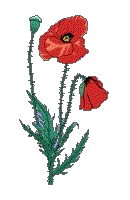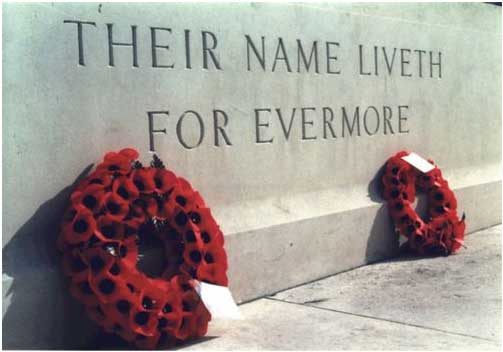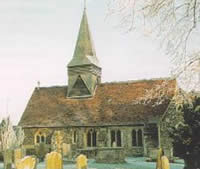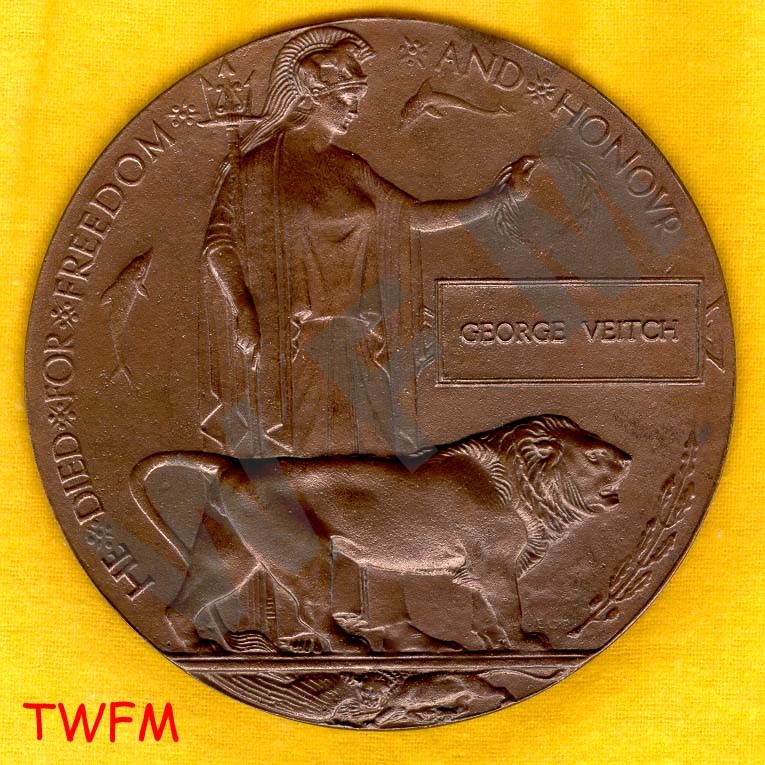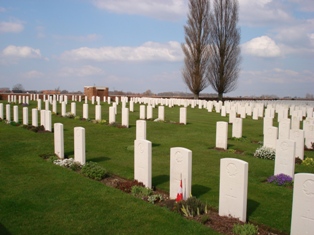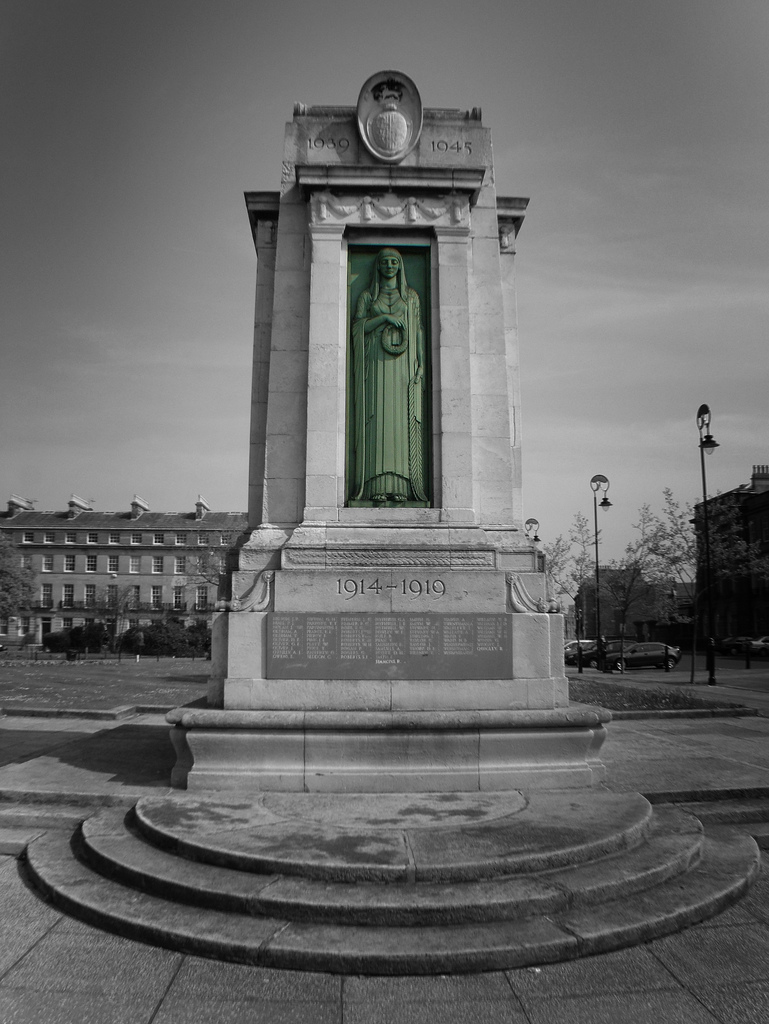Liverpool Echo 16th , December 1914 (letters from the trenches)
The Scottish casualties
The first names are now available of the Liverpool Scottish casualties in their second firing line experience A letter from a member of B. Company, who has been in the trenches dated December 11th, says “Two or three have been killed”
Another letter from the front from a Wallasey member of the Scottish refers to the death of “Breck” as he was known, and also to the death of a Birkenhead youth connected with the Scottish.
Captain returning wounded
Captain Donald MACLEOD of Birkenhead, who was in charge of F. Company of the Liverpool Scottish, and took over the command of the late Captain TWENTYMAN, wired from Boulogne informing his parents that he had been slightly wounded in the left arm and was on his way home. Captain MACLEOD is the eldest son of Mr Donald MACLEOD, Auchendrane, Talbot Rd, Birkenhead.
Private VEITCH of B. Company of the Liverpool Scottish in a letter to relatives in Liverpool dated December 9th says
“I am writing this in the trenches and we have been here three days, very wet ones, and expect to be relieved tonight. It has been simply awful and rained all the time, we are in about a foot of water.
Last night about 13 of our company had to leave as their trenches got flooded out altogether, they were in a sorry plight. So far T have not heard of any casualties, although we were at arms firing for nine hours during the night, and you could not hear yourself speak for the noise of the guns.
In spite of all we were still cheery, and looking forward to our relief coming, then we have rest.
Chocolate is priceless here, and we cannot buy any as the Germans have been here first and pinched it all.
Two days later, we have arrived back to the base, and find two or three of us were killed and several wounded, and almost half are under the doctor. I am quite fit and never appreciated good health so much before.
You can never form any ideas of what we have been through, but, thank God, it is all over for a week or so, I hope.
The best kind of chocolate is plain or nut milk bars, something solid, not dainty, but food, also cream or treacle toffee is good.”
TOP
Battalion War Diary
Information kindly supplied by Major I.L. Riley TD FSA Scot (retd) Hon. Secretary LSRMT and Phillip Ross.
Period 14th to 21st April 1915

On the 14th inst at about 11pm the enemy opened rapid fire on our front following it with heavy shelling by whizz bangs. ‘C’ Coy with one platoon of ‘A’ Company were in Q2 and the remainder of ‘A’ Company in Q3. During the shelling the enemy fired a mine on the left of Q1 and advanced trench held by the Northumberland Fusiliers which runs from St Elooi, in front of, and covering about 100 yds of Q2.
On the mine blowing up Pte D McDonald (Signal section) sent the SOS call to the battery who promptly shelled the enemy's trenches very heavily and accurately. The wires were cut immediately after. All communication by telephone was now destroyed between Q2 and Q3 and between the former and HQ. Pte DH Thompson (Signal section) in Q3 sent the SOS signal by 1am, getting out of the trench to do so at great personal risk as the shelling was heavy. A number
of Northumberland Fusiliers who had been blown out of Q1 arrived in Q2. Captain GBL Rae at once sent Captain McKinnell and 15 men with spades up to Q1. All stretcher bearers and First Aid men were sent up to Q1 as quickly as possible where Captain McKinnell organised relief work. The wounded men, many of whom were buried under the debris, were dug out and carried to a ruined cottage. No 3263 L/Cpl C Elliott of ‘C’ Company and 3225 Pte D Carr ‘A’ Company
also 3322 Pte A Jones ‘A’ Company rendered First Aid in the cottage. The enemy sent bombs and grenades on the ruin but these men stuck to their work, and got all injured men dressed. The enemy was apparently unable to make any attack and by exceptional good fortune we suffered no casualties. The Northumberland Fusiliers were reinforced and our men returned to Q2 at 5.50am. Lt Col HS Ainslie (Commanding 1/5 Northumberland Fusiliers) has expressed his high
appreciation of the prompt action taken by the OC trench Q2 (Captain GBL Rae) on the occasion of the mine exploding in Q1 and of the excellent work done by Captain B McKinnell and his NCO’s and men and later 2nd Lieutenant JP White and his party who at once went forward to assist the men of that Battalion. The Commanding Officer wishes to put on record the good work done by the men in the trenches during the night of 14th inst when the mine exploded as
referred to above. The 30 men, stretcher bearers, first aid men and signallers who were called on, responded magnificently and their services will always be remembered in the history of the Battalion. The trenches were shelled by the enemy daily sometimes with crumps, sometimes with whizz bangs, and on the 16th they landed one into the left of Q2 close to the machine gun pit whereby 2nd Lieutenant VB Leitch was fatally wounded, No 3216 Pte C Bayly and
No 3067 Pte G Veitch were killed instantly and 1667 L/Cpl AR Fraser Machine Gun Section was wounded. The remainder of the month of April was devoid of any particular incident in our immediate front but the severe fighting around Ypres was near enough to make special precautions necessary.
TOP
Diary Of Captain B McKinnell of The Liverpool Scottish
Information kindly supplied by Major I.L. Riley TD FSA Scot (retd) Hon. Secretary LSRMT and Phillip Ross.
16th April 1915
Was again beautiful. We had breakfast at 6:00 a.m. At 9 we lay down and slept until 1. Just before 5, their 5.9 "crump" gun was busy shelling the road, three miles over us, but suddenly switched on to the remains of the village in front and again without any warning put its next shell right behind the machine-gun dugout on the left. The dugout vanished and killed two men sitting inside it. My gun men would
not go into it on account of the near shave they had two days ago, but were sitting a little bit away talking to Lieutenant Leach (sic should be Leitch), the new machine-gun officer. The latter was hit and died later and LCpl Fraser wounded. We were relieved by "X" Company at 9:30. I stayed on and arranged for new gun positions. It started to rain and was terribly dark. One man was hit on the way back. We were getting a bit too high strung and were jolly glad to
start back. Called in at Headquarters on way down. We were congratulated by the C.O. The march home, Rae and Graham, Whitson and self, followed by our batman, was a nightmare; five miles to walk and we could not see a yard in front of us, and kept falling into ditches. We had a full course dinner at the farm at 2:00 a.m.!.
TOP
From "The Liverpool Scottish 1900-1919" by Lt Col AM McGilchrist
Information kindly supplied by Major I.L. Riley TD FSA Scot (retd) Hon. Secretary LSRMT and Phillip Ross.
Mid April 1915
St. Elooi (mistakingly noted in reports as 'St.Eloi') was on the whole a quiet sector, the enemy's activities being mainly confined to sniping at night, with fixed rifles, on to exposed parts of the road up to the trenches, which made reliefs rather unpleasant, and to shelling, principally of Q2, with whizzbangs and 5.9's. The trench was too strong for whizzbangs to have much effect on it, and as the enemy, methodical as ever, always turned on his 5.9's at
about 4 30 in the afternoon, it soon became a matter of routine just before that hour to move the men to the right along the trench, away from the portion of it which was invariably shelled, and to send them back again when the half hour's hate was over. The Battalion did, however, suffer several casualties before the danger spots were known and avoided.
TOP
Diary of Sgt D Marples (later WO1 (RSM) D Marples MC) with Y Company
Information kindly supplied by Major I.L. Riley TD FSA Scot (retd) Hon. Secretary LSRMT and Phillip Ross.
16th April 1915
A very fine day. Got to rest after the stand to at 4:30 a.m., and had brekker at 11:30 a.m. Got a lot of intermittent artillery fire in afternoon. Got relieved by Z Coy at 10:00 p.m. and marched to huts at Dickebusch, arriving at midnight.
TOP
Voormezele Enclosure 3

The village of Voormezeele in the Ypres Salient was immediately behind the British lines at St. Elooi before it finally fell to advancing German forces during the great Spring push of April 1918. The village was subsequently retaken by American troops of the 30th Division on 31 August 1918.
The "Enclosures (at one time four in number, but now reduced to three) are immediately North-West of the village. They were originally regimental groups of graves, begun very early in the War and gradually increased until the village and the cemeteries were captured by the enemy (after very heavy fighting) on the 29th April, 1918. Voormezeele Enclosure No. 3, the largest of these burial grounds, was begun by the Princess Patricia's Canadian Light Infantry in February, 1915.
Their graves are in Plot III, the other Plots from I to IX are the work of other units, or pairs of units, and include a few graves of October, 1918. Plots X and XII are of a more general character. Plots XIII to XVI, were made after the Armistice by the concentration of isolated graves and smaller cemeteries, and at the same time the French graves (of April and September, 1918) were removed to a French cemetery. The concentrated graves cover the months from January, 1915 to October, 1918, and they include those of many men of the 15th Hants and other units who recaptured this ground early in September, 1918.
There are now over 1,500, 1914-18 war casualties commemorated in this site. Of these, over 600 are unidentified and special memorials are erected to twelve soldiers from the United Kingdom and three from Australia, known or believed to be buried among them.
The Enclosure covers an area of 5,745 square metres and is enclosed by a brick wall.
Burials (Commonwealth War Graves Commission) :
United Kingdom : 1497
Canada : 100
Australia : 11
New Zealand : 2
South Africa : 1
Entirely Unidentified : 1
Total Commonwealth : 1612
Other Nationalities : 1
TOP
WW1 War Memorial, Birkenhead, Cheshire.
Location
Hamilton Square, Birkenhead, Cheshire.
The names of those of Birkenhead who fell as a result of the first world war are inscribe in two lists on the side panels. I understand that the main list names those who fell during the war itself. The second list names those who died later following war injuries such as mustard gas poisoning. Year of unveiling: 1925.
